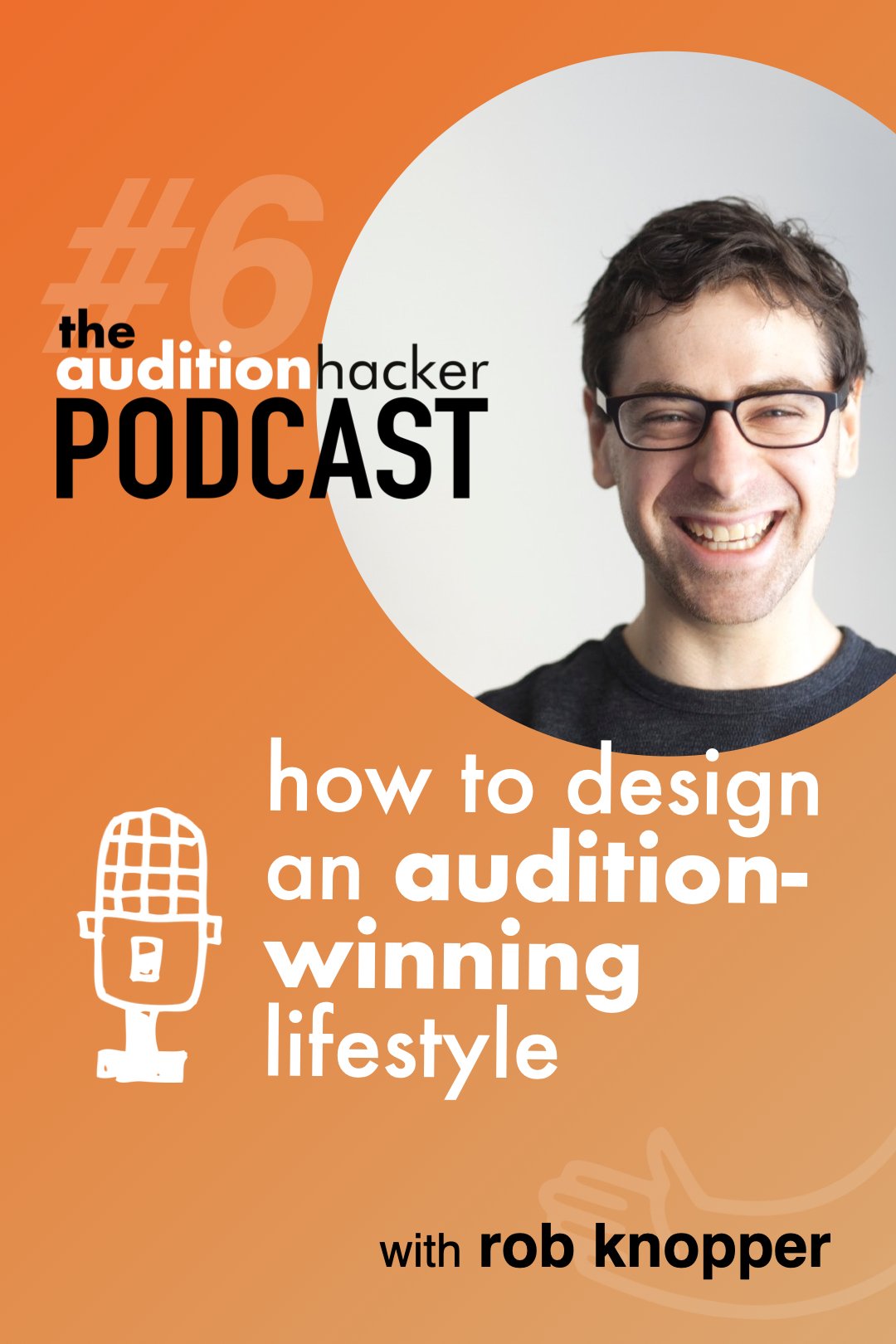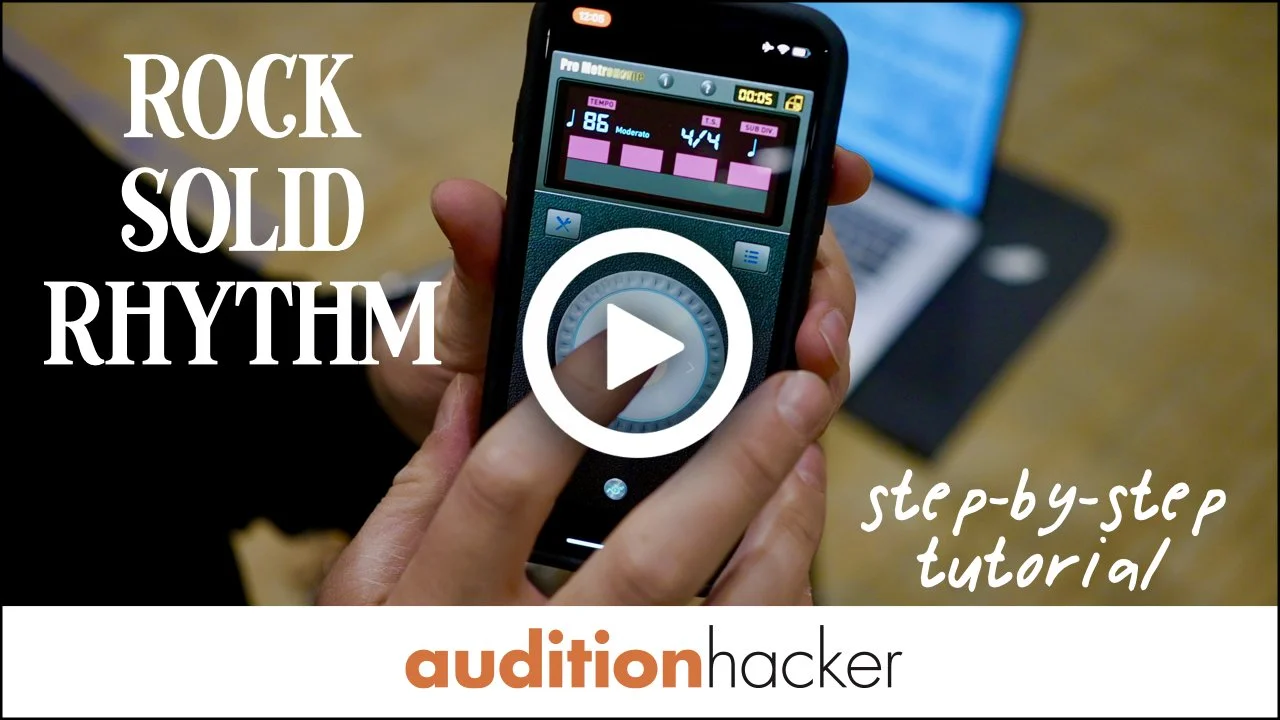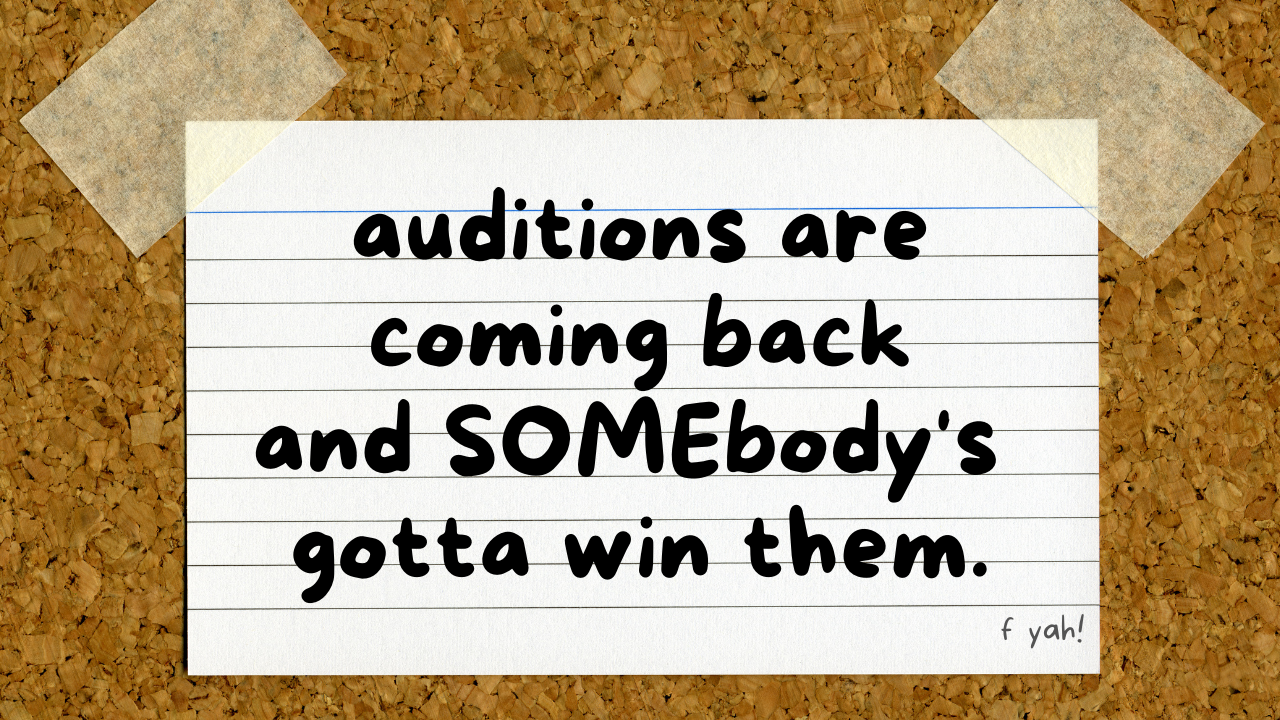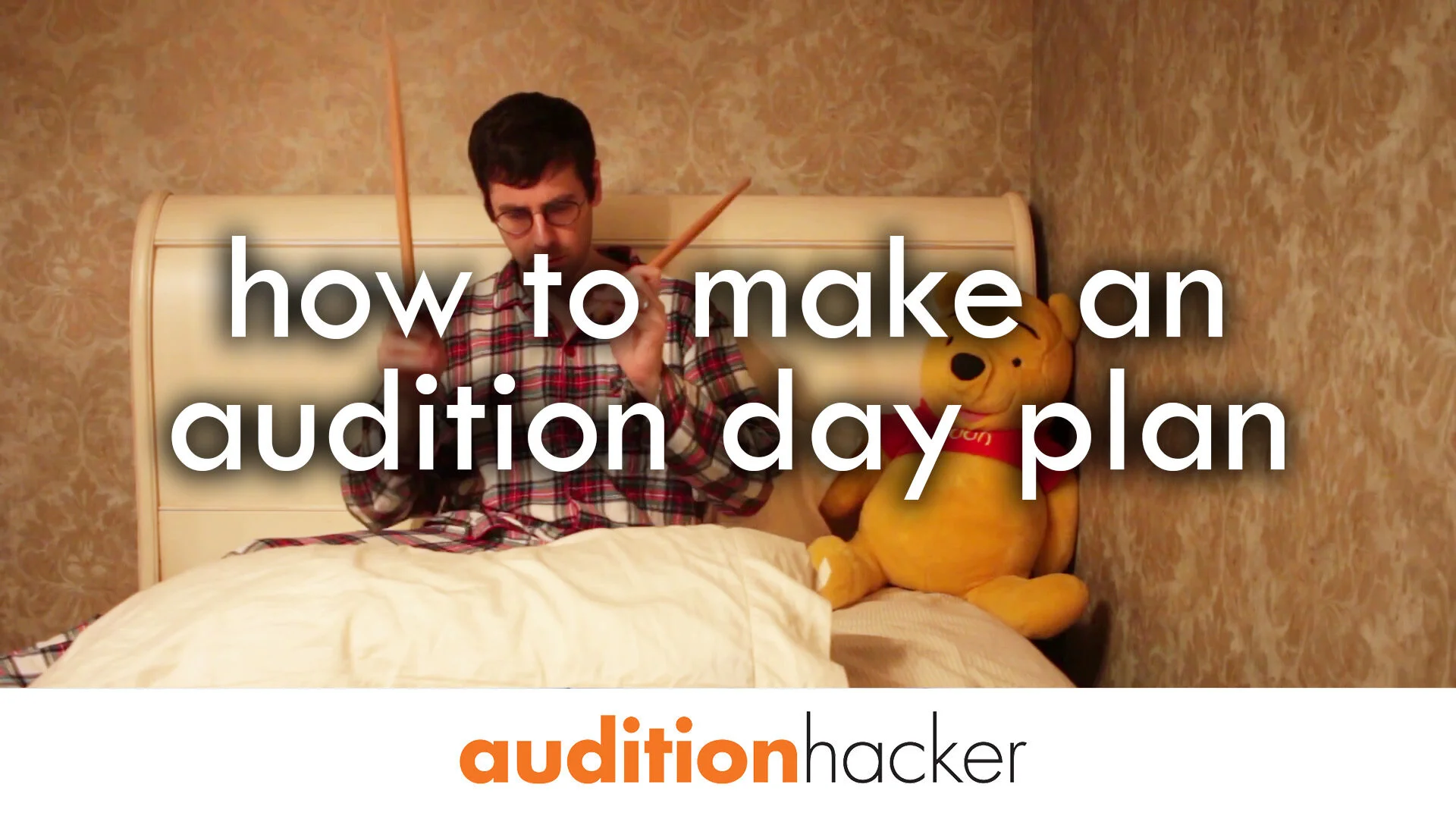do you think you know how fast these 4 legends want to hear sorcerer's apprentice? the answer is no. (photo from alan abel orchestral percussion seminar facebook page.)
if you try to guess what tempo an audition panel wants to hear, you're shooting in the dark. even if you think you know what an orchestra wants to hear, how they play it, or how a certain person on the panel expects a piece to be performed, you're still guessing. instead of trying to second-guess the panel, use math. choose a tempo for your excerpt or solo based on a mathematical combination of all the reputable recordings you can find.
here's what i mean. any professional audition panel is made up of a number of fully trained, independent-thinking musicians. each and every member of the panel carries a deep breadth of experience that you can't possibly fully take into account. for instance, you might have heard a recording of the new york philharmonic play something very slowly with lorin maazel very and draw the conclusion that, "they play this piece slowly and therefore want to hear me play it slowly." the more likely scenario is that, out of the many experienced musicians behind the screen, they might have a combined experience of having performed that piece fifty to one million billion different times, all at different tempos. each panelist might think of a certain tempo in beats per minute as being 'correct.' stop playing the guessing game, and instead go with a mathematical conclusion based on data collected from reputable recordings. that will put you into a position to most likely fall into the acceptable tempo ranges of the highest number of judges in your audition. here's how. choose a piece and follow these four steps. i'm using an example of the xylophone excerpt in copland's appalachian spring.
1. collect
find as many reputable recordings as you can.
check spotify and itunes for all the recordings you can find.
check arkivmusic.com and amazon to make sure you aren't missing any truly important recordings, like ones conducted by the composer or ones by the orchestra you're auditioning for.
check your school library and your local library. move to new york and get a new york public library card.
it's worth paying a few dollars to have a deeper well of resources. this will provide you with the broadest perspective of the excerpt possible, and will more likely exceed the research that most of the audition panel has ever done.
note: a reputable orchestra is, in this case, defined as any major US or European orchestra that many panelists are likely to have listened to at one point or another.
2. analyze
for each recording, find and document the following information.
where is it? write down the minute/second timing, along with the track number.
what's the tempo? measure the tempo using the mac app turnover, another app, or a website like beatsperminuteonline.com. write down the tempo in this format: QN = 125 (meaning quarter note = 125 beats per minute).
record any other information about the piece that is relevant. this is a great time to pay attention to tone, character, phrasing, mallet choice, etc.
i put together this research in 2007 - there may be some important new recordings since then.
3. draw conclusions
after you've collected the tempos, select the most justifiable tempo to use as your reference recording.
scan the list of tempos and cross off any extreme outliers. these can sometimes significantly alter your results.
add up all the tempi and divide by the number of recordings you are using. this result is the mean (average). circle or bold this recording in your list.
reorder your list of recordings from highest tempo to lowest, and bracket or italicize the middle one. this is the median. if there are an even number of tempi, the median is the average of the two middle values.
based on the mean and the median, choose a recording as a reference with the most mathematically central tempo. the mean and the median may or may not both result in the same recording. if it's unclear at this point which one to use, use the criteria of recording quality or excerpt performance.
as you can see, the average is HN = 91 and the median is 90. the boston and san francisco recordings are tied, but san francisco's recording is more recent, better quality, and the xylophone performance is excellent. that is now my reference recording.
4. the application phase
turn the track into a play-along excerpt and put it into your 'audition playlist.'
use amadeus pro, or use garageband, logic, or other audio editing software.
open the full track in your audio editing software.
cut out the excerpt, including ten seconds on either side of the actual percussion excerpt section.
create a "fade in" at the beginning, a "fade out" at the end, and 2 seconds of silence at the end.
save this excerpt and give it a clear, obvious title that can show up in a playlist with other excerpts. i'll use something like this: (xylo)shostakovich: polka - m. 110-131
add this track to an audition playlist that's connected to your phone. this will be useful later so you can have a comprehensive list of excerpts that you can listen to or play along with.
here is the final version of the excerpt for my play-along playlist.
do you have another way of finding a good tempo? let us know in the comments, or ask questions about this method.
looking for an audition breakthrough?
here's my 5-step guide to constructing your preparation process and optimizing it for maximum results for any instrument.
















in 2019, a cellist named maria reached out to me about her audition struggles. on paper, she was the “worst audition candidate ever” (her words). she had 2 small children, a full-time teaching job, and hadn’t taken an audition in 4 years.